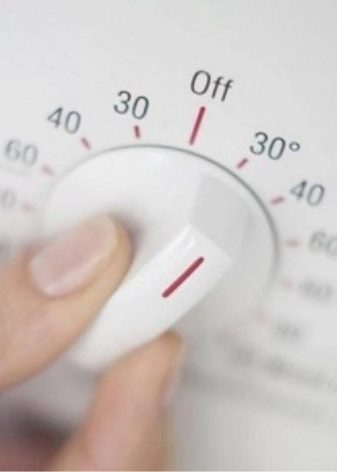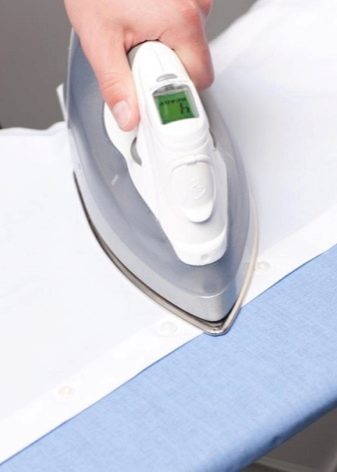What does the tee fabric look like and where is it applied?
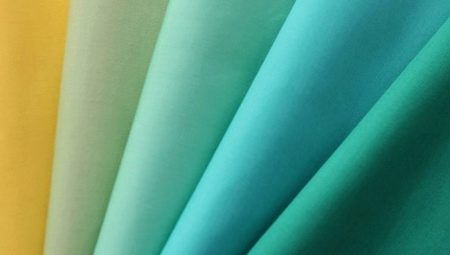
Special-purpose clothing, uniforms have their own characteristics; special requirements are imposed on them. The creators of the material for sewing such products were guided by them. Things of this kind should combine such properties as comfort in wear, visual appeal, non-staining, protection from external influences.
This difficult task can be solved by materials from a combined fiber - glue. It combines all the advantages of natural and synthetic fabrics and is actively used to create workwear.
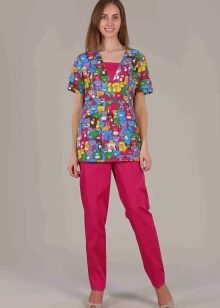


What it is?
Tissy fabric was created as a blended alternative to natural variations specifically for sewing workwear. The composition combines synthetic and natural fibers, which makes it possible to sew presentable clothes from high-quality and durable material. The name of Tisi is taken from the abbreviation of the English version of the TC - tetron / cotton. In translation, this is something close to polyester-cotton, for simplicity, the name Tisi is taken.
The description of tisi boils down to the following:
- the surface has a rough texture;
- thread weaving by the type of canvas is easily visible without the use of special devices;
- the structure has an external resemblance to calico fabrics;
- if the yew is of a dense type, then the weaving has the appearance of a scar, more similar to twill.
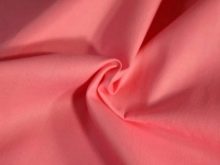
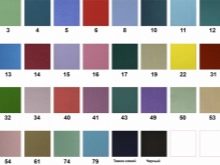

Fabrics of this type are classified according to the weaving method.
- Linen method of weaving synthetics and natural threads. The material produced in this way combines the pros and cons of both types of fibers. As a rule, there is no relief on the canvas, at least obvious, but the weaving can be easily discerned. The fabric looks uniform on both sides.
- Twill weaving method. This technology forms a diagonal ribbed relief. The different fibers are arranged so that the sides of the fabric are completely natural and synthetic.
Sewing is carried out in such a way that the natural side is adjacent to the body.
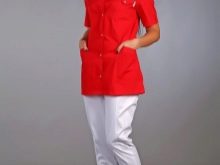
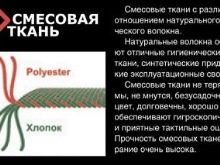
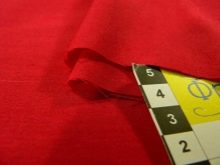
Characteristics and properties
A huge advantage of this is its color variety. The material is perfectly dyed in different shades, which allows enterprises to purchase uniforms and corporate clothes. The coloration can be smooth or in the form of a printed image. Since the fabric holds the paint well, you can place any signs and logos on it. The quality of the fabric is assessed as high, taking into account its purpose, while the price segment is very budgetary. Tisi contains two types of fibers:
- cotton - about 35%;
- synthetic (polyester) - about 65%.
These indicators are basic, close to the norm. However, there is no clear formula in GOST, the proportions can vary, for example, the proportion of polyester can grow up to 80%. This does not affect the quality of the material, since the amount of synthetics is responsible for the density and strength of the yew. The more it is, the more wear-resistant the fabric will be. And cotton is necessary for clothes to maintain their hygienic properties - hygroscopicity, thermoregulation.
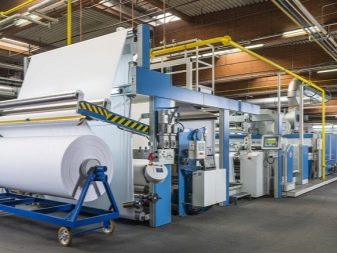
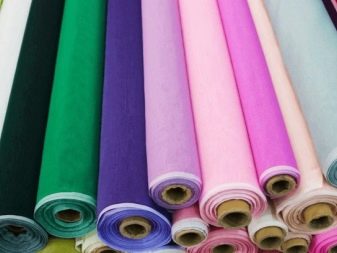
Among the advantages of things made of tisi, the following are distinguished:
- low crease, no grease even after long-term use;
- ease of care - washing, ironing, not afraid of aggressive bleaching agents;
- keeps its shape perfectly, does not deform, does not stretch, does not shrink even after frequent washings;
- does not roll up, is resistant to the formation of holds;
- comfortable, durable, very lightweight;
- durable - rarely breaks, does not diverge along the seam line;
- lack of electrification, does not accumulate static electricity;
- budgetary in cost;
- water-repellent, suitable for work in rooms with high humidity;
- suitable for people with sensitive skin, allergic reactions are extremely rare;
- the color retains its durability after repeated washings, does not fade in the sun;
- poorly absorbs dirt, blood, repels dust;
- aesthetic appearance.

With all the obvious advantages, there are some disadvantages:
- narrow target orientation of products - uniforms, corporate clothing;
- for constant wear in everyday life, it is inconvenient, since there are too many synthetics in the composition;
- dense weaving provides strength, but in the summer it is not very comfortable in it - it is very hot;
- high level of thermal conductivity, so the fabric does not keep warm, if the weather is cold, an additional layer of clothing will be required;
- most often hygroscopicity is low, so clothes do not absorb sweat, this causes some discomfort;
- elasticity is extremely small, accordingly there are restrictions on tailoring styles - you cannot drape, cut tight-fitting things.
Thus, the yew fabric has a number of significant advantages and disadvantages, which, when taking into account the purpose of the material, are quite arbitrary. The properties depend on the percentage of cotton and polyester, it is important to take this into account when choosing clothes.
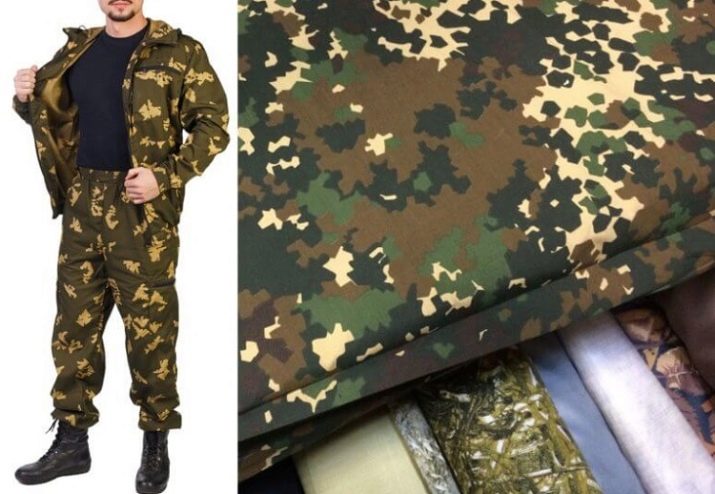
Species overview
Material of this type has several varieties, the classification is based on the density of the weave and the percentage of the mixed components.
- "Shirts Lux-120". Weaving of the plain type is a simple one, but it is additionally treated against moisture penetration. The density of the fabric is 120 g. It is produced for the manufacture of gowns, suits and other kits for medical workers. It is actively used for sewing uniforms for employees of hotels, catering establishments. In addition to its direct purpose, the shirt variety can be used to create the lining of jackets, jackets, trench coats, and sew pockets inside the product.
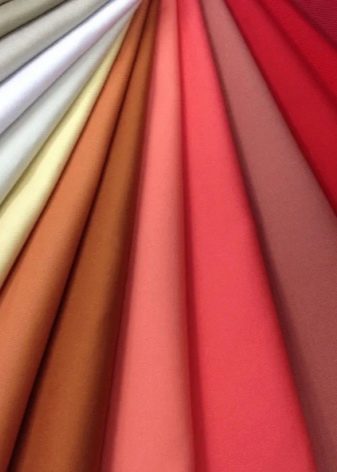
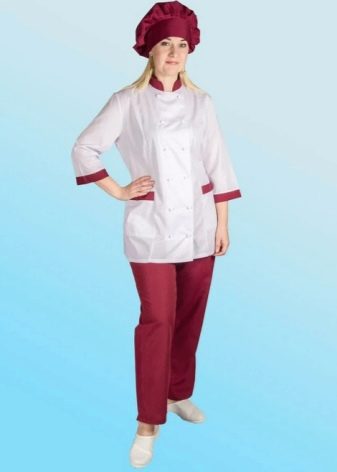
- "Lux-150 shirt". Almost identical to the previous fabric, but with a more budgetary cost and higher density.
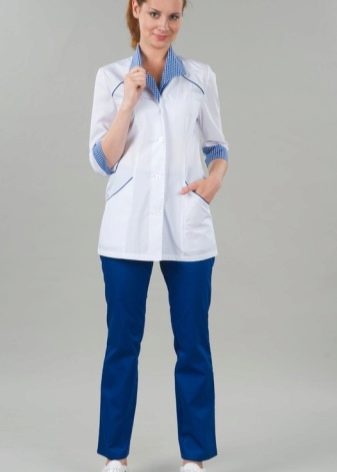

- "Sonata". Includes cotton and synthetic fabric. The quality of these products is strictly controlled, without which the product is not certified.
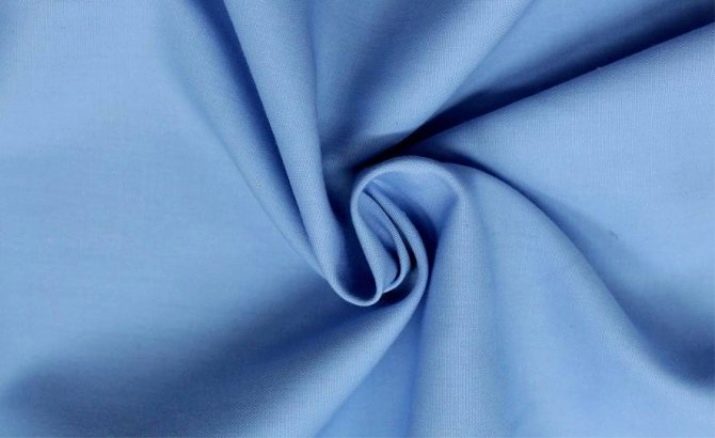
- "Raincoat fabric". The percentage of cotton fiber and synthetics is 20 to 80%. Raincoats, trench coats, jackets, special clothing for law enforcement agencies and other organizations are made from this material.
According to the density of the product, the yew is divided by the number of grams of composition, impregnation. Usually, the product is marked with T / C designations, where the amount of polyester, density and amount of impregnation is indicated below.
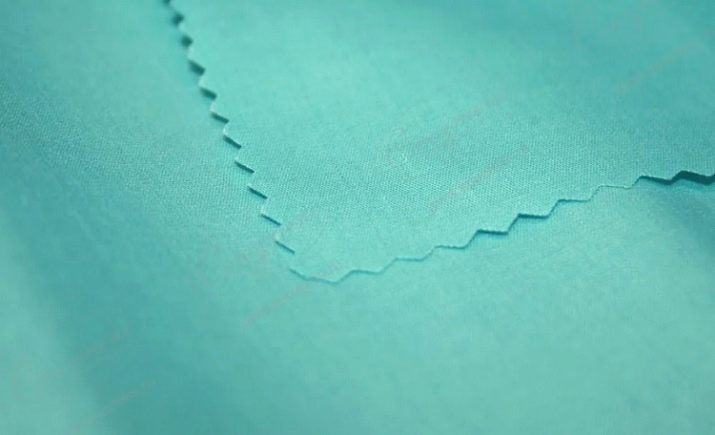
The density of tees varies within 100-240 grams; fabrics with a density ranging from 110 to 120 g are in great demand. Manufacturers of this type of material are mainly represented by Chinese and Korean enterprises.

Areas of use
Since this type of fabric is endowed with all the properties necessary for special clothing, it is used in this direction. Corporate and work items are light, comfortable and very practical, retain their original appearance for a long time. The shape looks neat, is not subject to creasing, it is damaged with difficulty, it is very easy to care for it. Many types of clothing have additional impregnation that protects against external influences, moisture. Thanks to these properties, tisi is used to create clothing for such enterprises and services:
- service personnel of all types of organizations;
- food industry and catering;
- medical services;
- laboratory institutions;
- cleaning firms;
- law enforcement agencies - the military, the police, the Ministry of Emergencies.
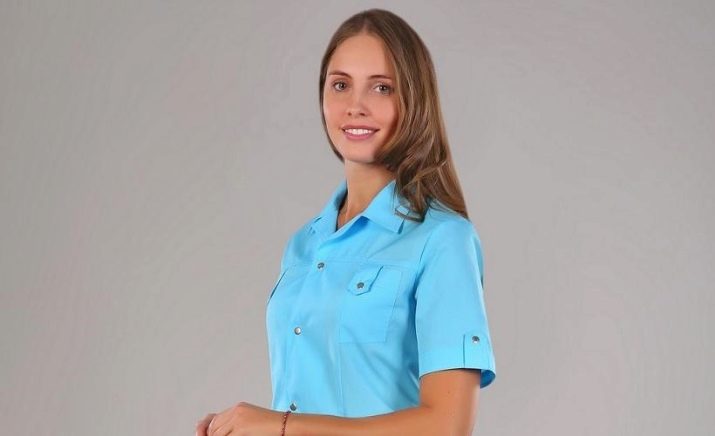
They sew from this material:
- robes and dresses;
- hats;
- blouses and shirts;
- aprons and other accessories;
- suits with trousers, other sets;
- overalls;
- jackets.
Products can be safely boiled, which is why they are so relevant for organizations where disinfection is important. In addition, details of warm uniforms and special-purpose items are sewn from tisi. The lining of fishing and hunting jackets, for example, is made from these materials. Since the fabric can be dyed in any color, tees are readily used for sewing uniforms for employees of shopping and entertainment centers, hotel business, and banking institutions. Moreover, there is the possibility of printing an individual image, logo, emblem.
This fabric can be easily combined with elastic varieties, nets.
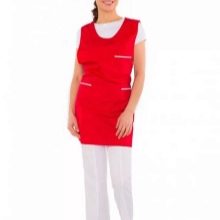

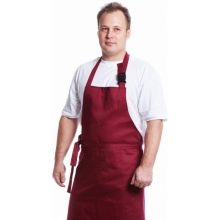
Care rules
This type of material is easy to use and maintain. Since the fabric contains a high percentage of synthetic fibers, the grooming process is as easy as possible. It is enough to know the following rules.
- Washing is allowed at high temperatures, on the tags most often the range is from 40 to 60 C. However, things can be safely boiled. Even after that, the clothes do not shrink, do not lose color.
- You can also use cleansers during washing with almost no restrictions. Any kind of powder - dry or liquid, capsule options, concentrates.
- Stain removers and bleaches can also be used in the cleaning process. The only thing is to be careful with chlorine-containing products, they are not suitable for all things. White clothes can be whitened without any problems even with aggressive products. Things can be taken to dry cleaning if necessary.
- Drying does not imply any restrictions. Linen is hung in the open sun, in dryers in the house. If there is a drying function in a typewriter or there is a separate unit for this purpose, clothes made of tisi are perfectly dried there.
- Most fabrics do not need to be ironed after washing, especially if ironed before hanging. But if there is a need for ironing, it is better to do it from the wrong side. The mode is set for cotton or synthetics - it depends on the type of fabric.
- Storing things made of this material is carried out in the traditional way - in a closet on special hangers for clothes.
